Open Menu
Search
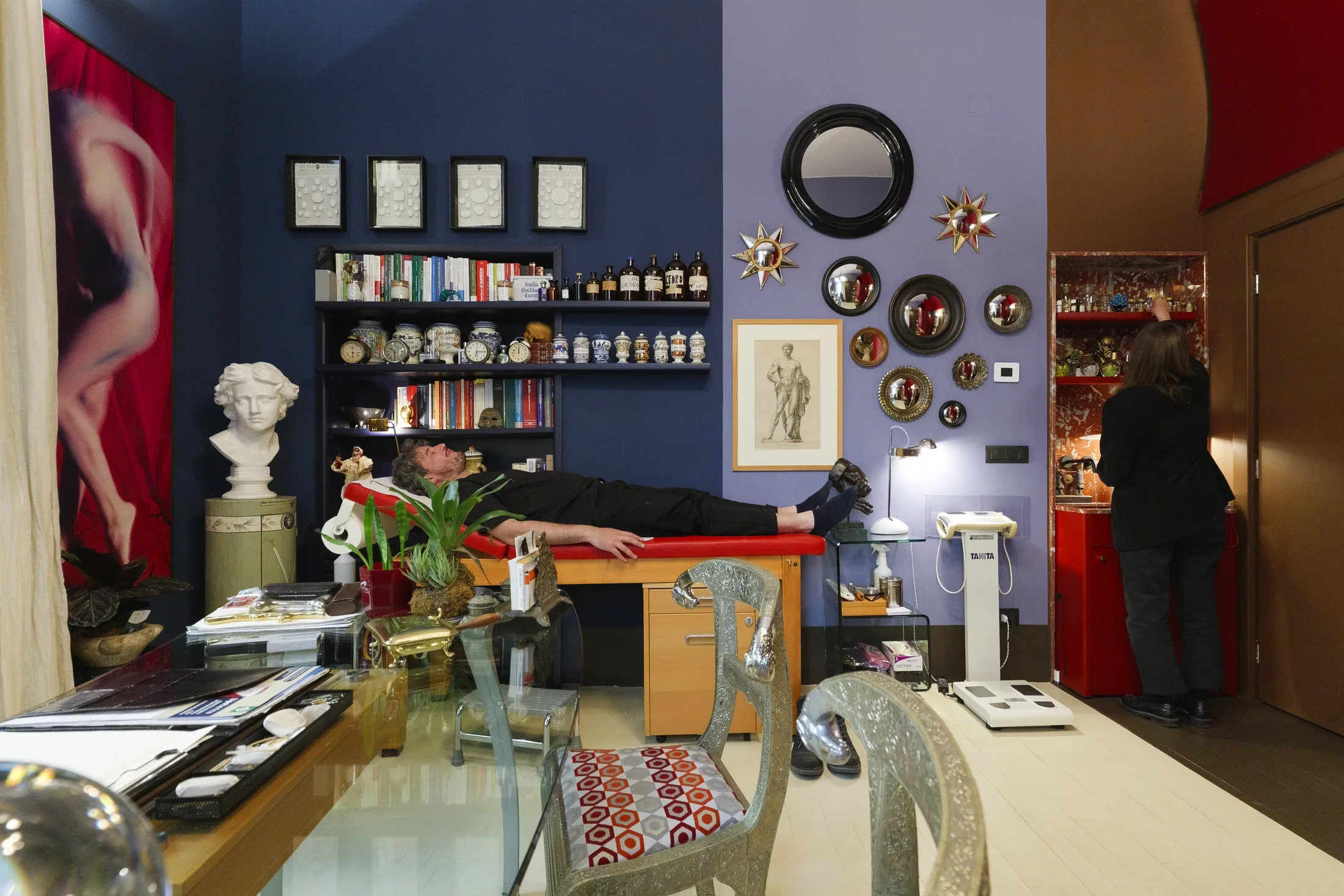
A doctor needed a home, a practice, and a sense of calm – all within a two-bedroom apartment with almost no natural light. Architects Julie Nebout and Giuseppe Punzo responded with bold colour, layered volumes, and just the right amount of collectables.
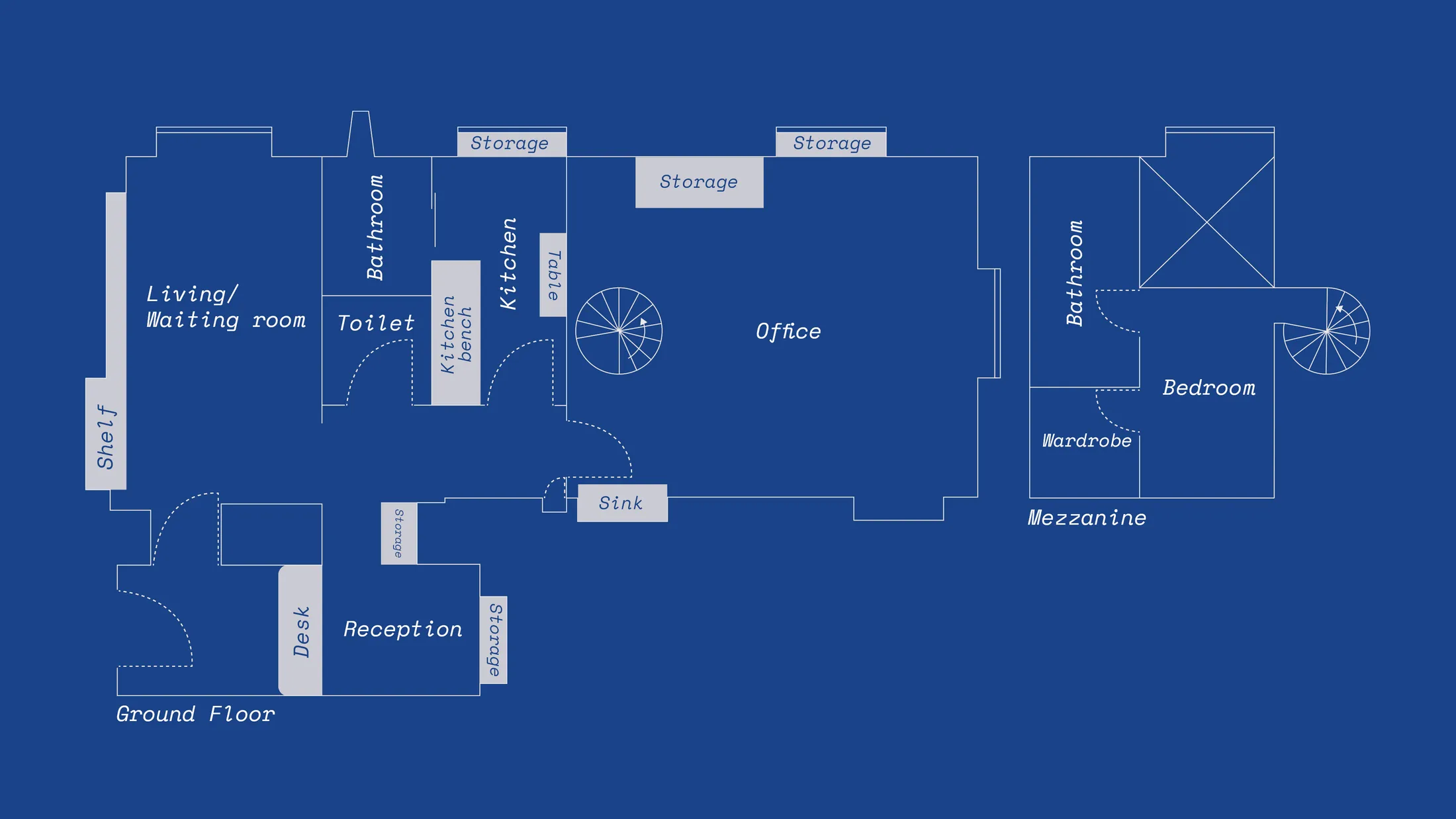
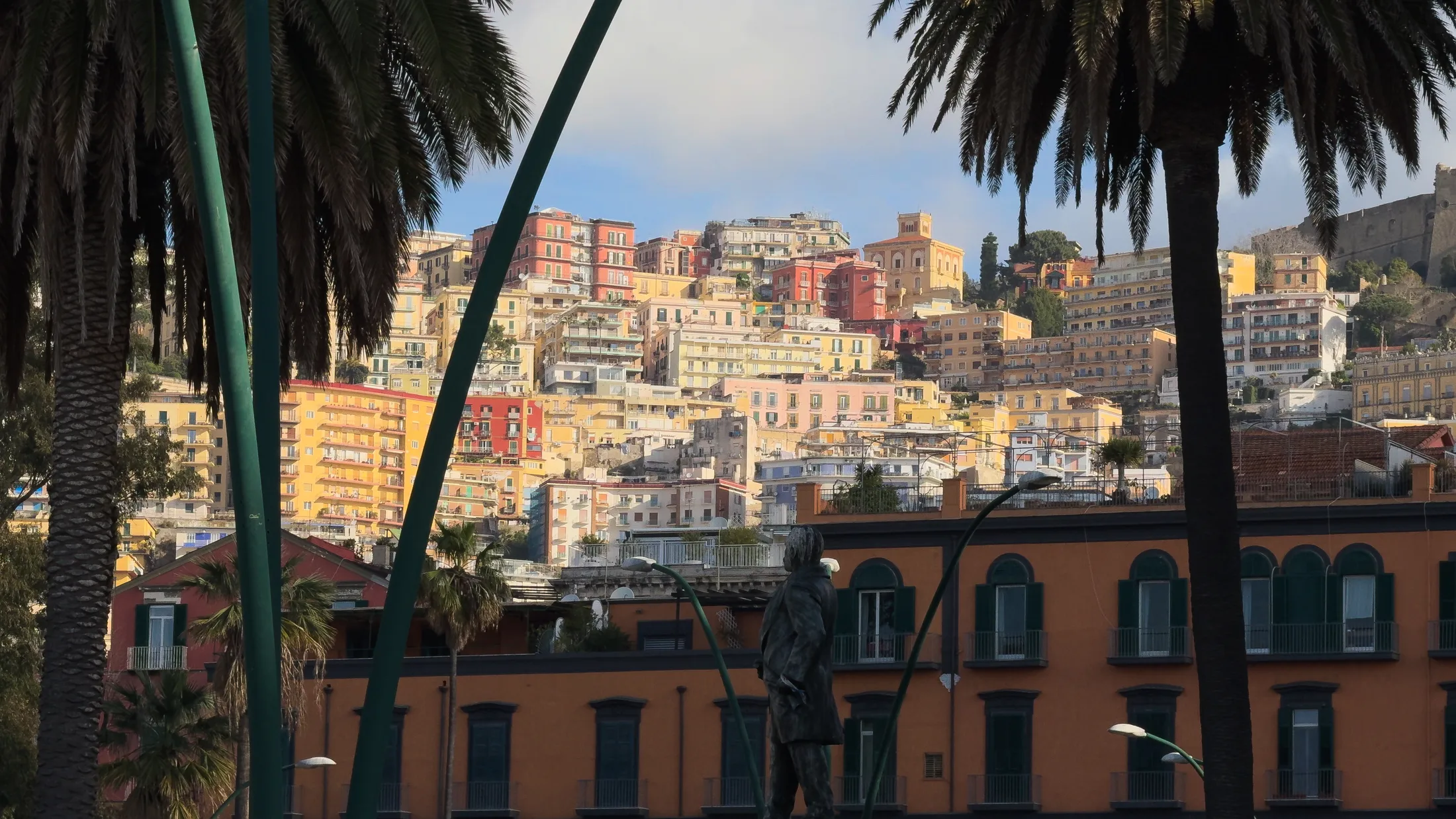
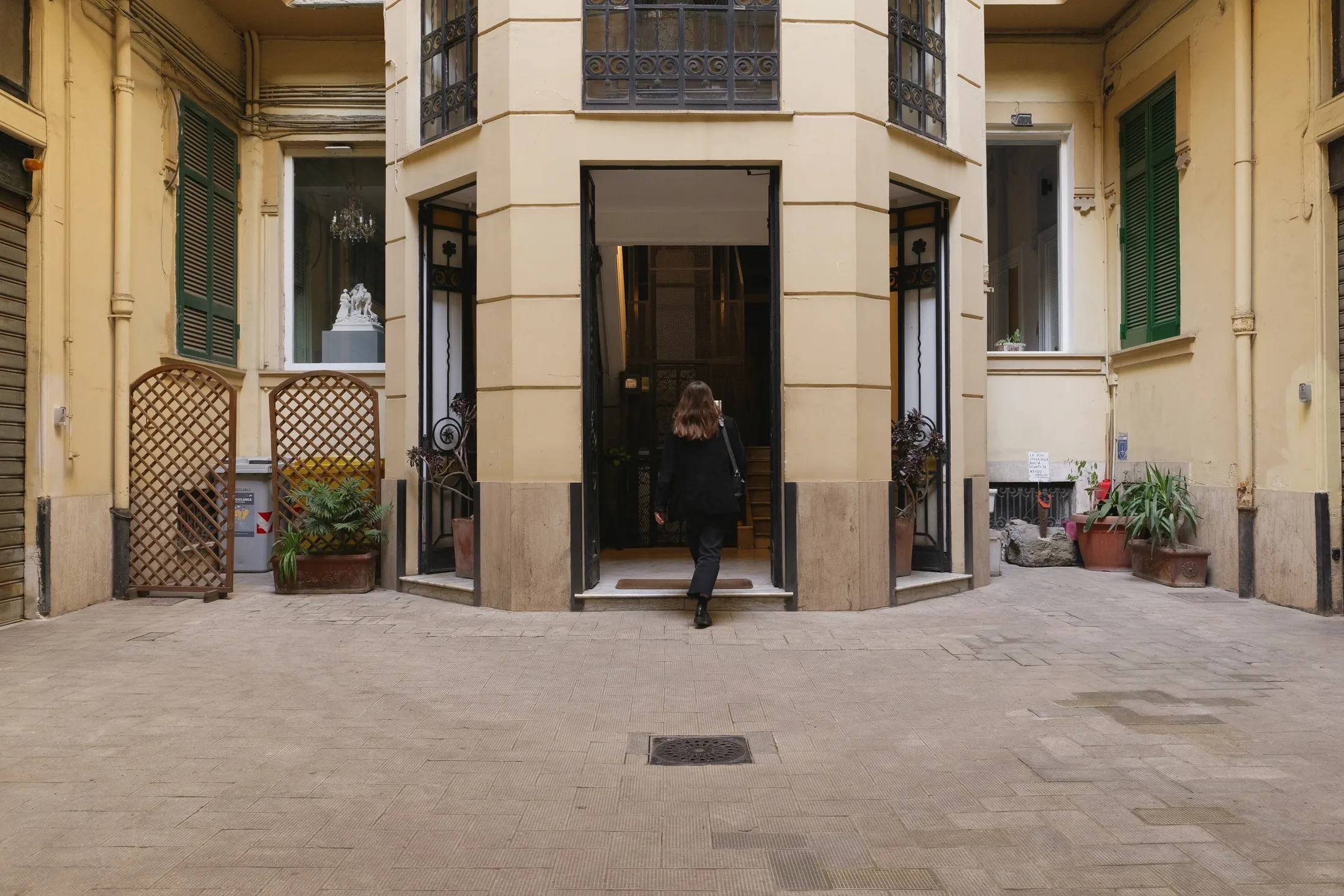

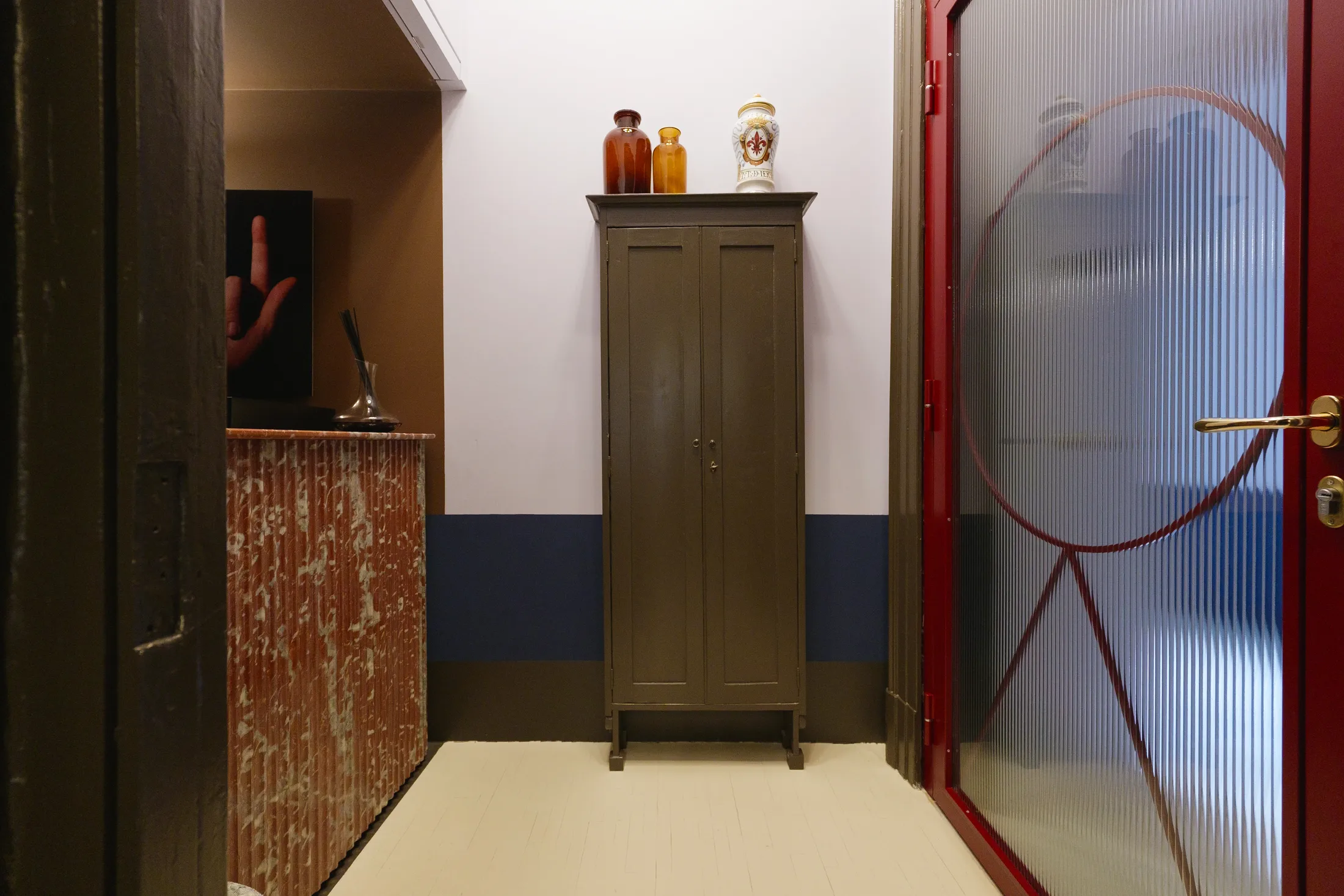

“There are no rules.”
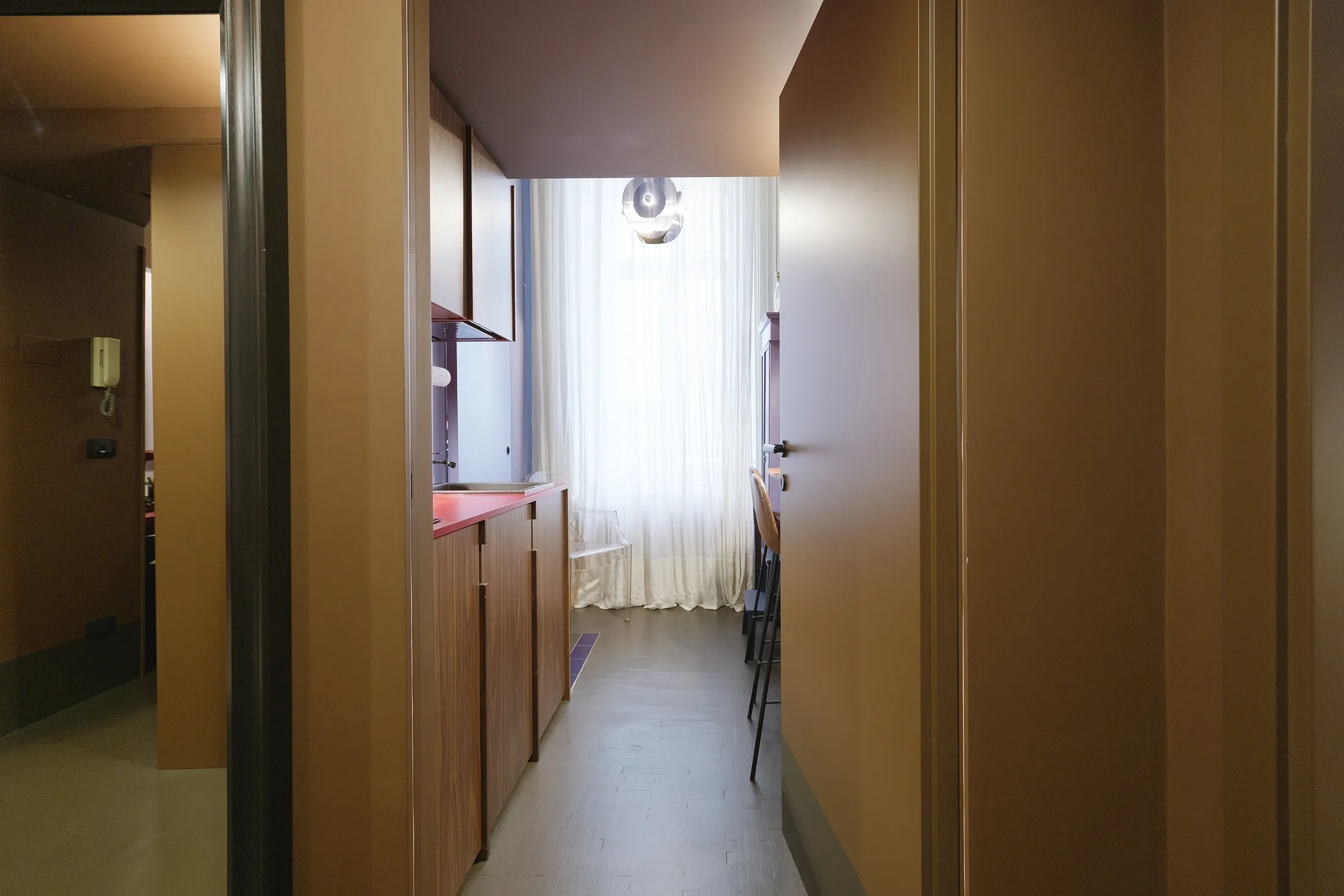
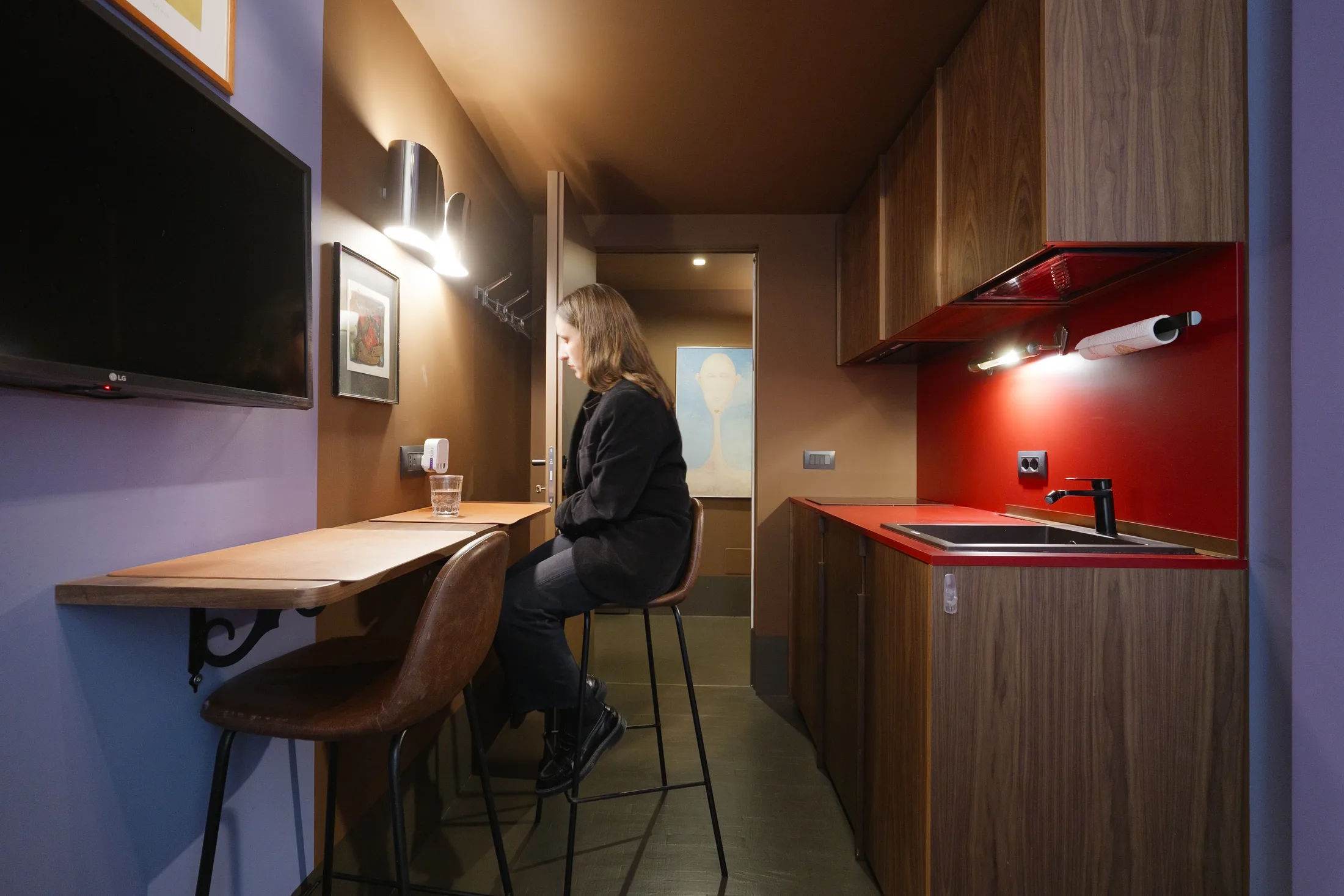
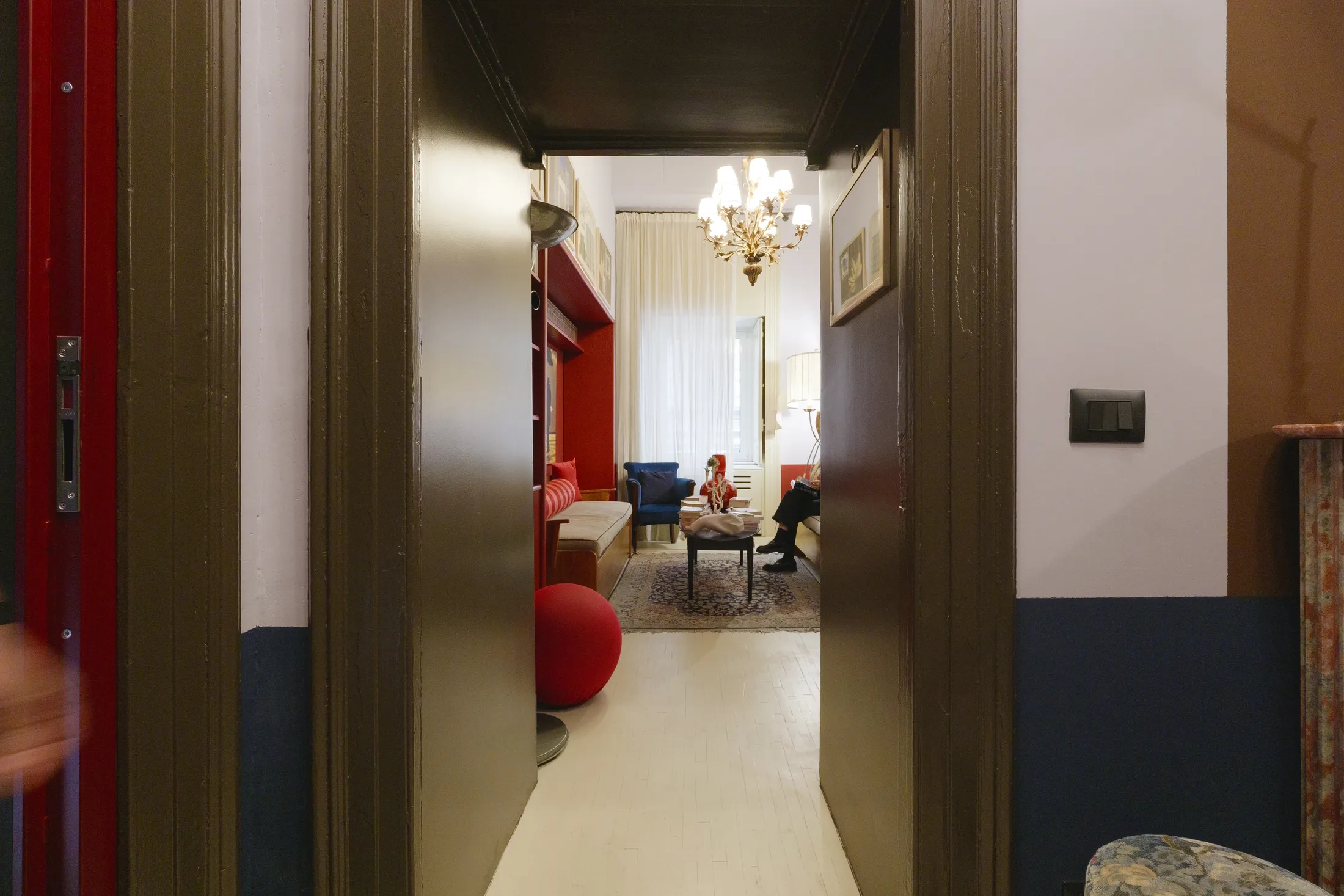
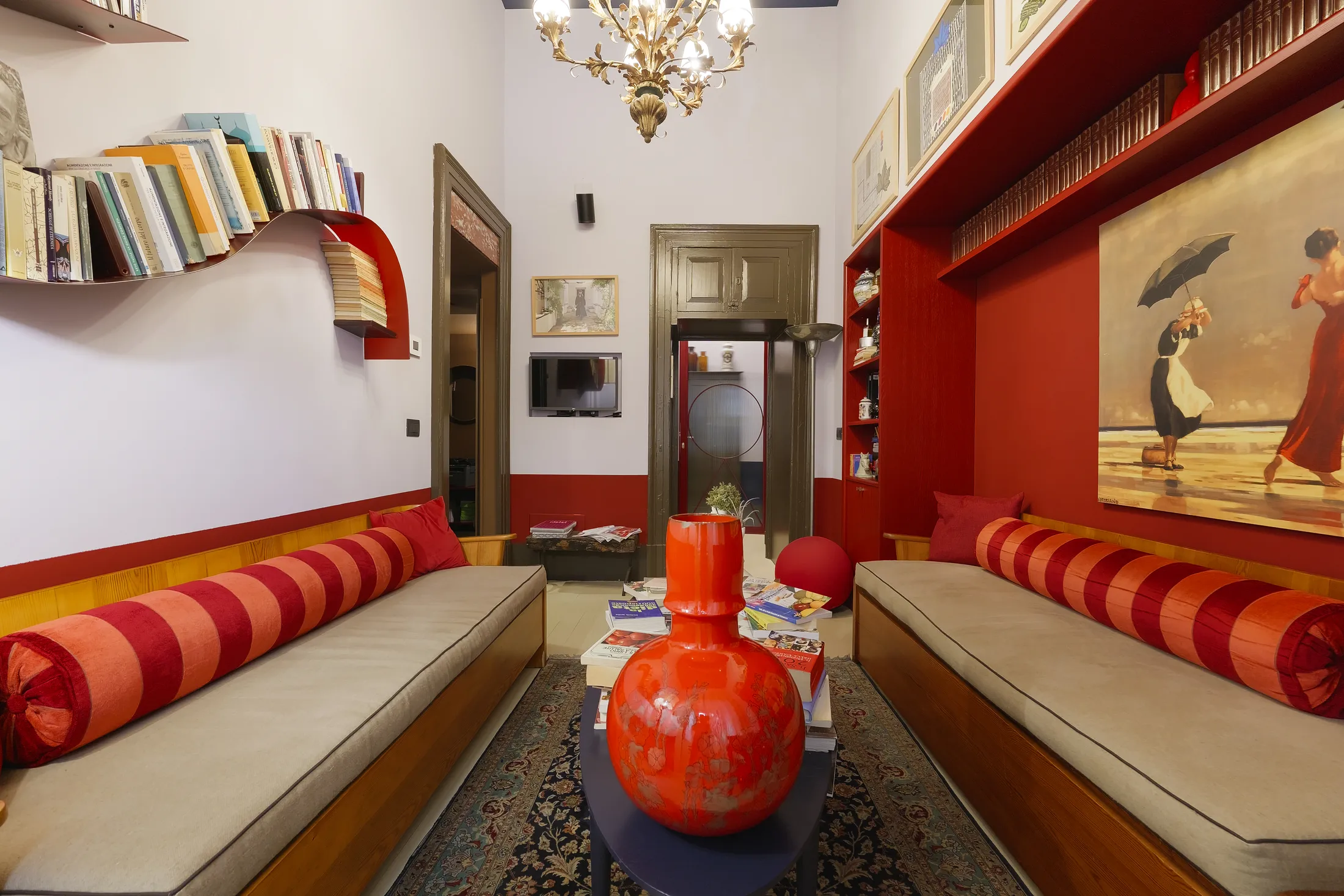
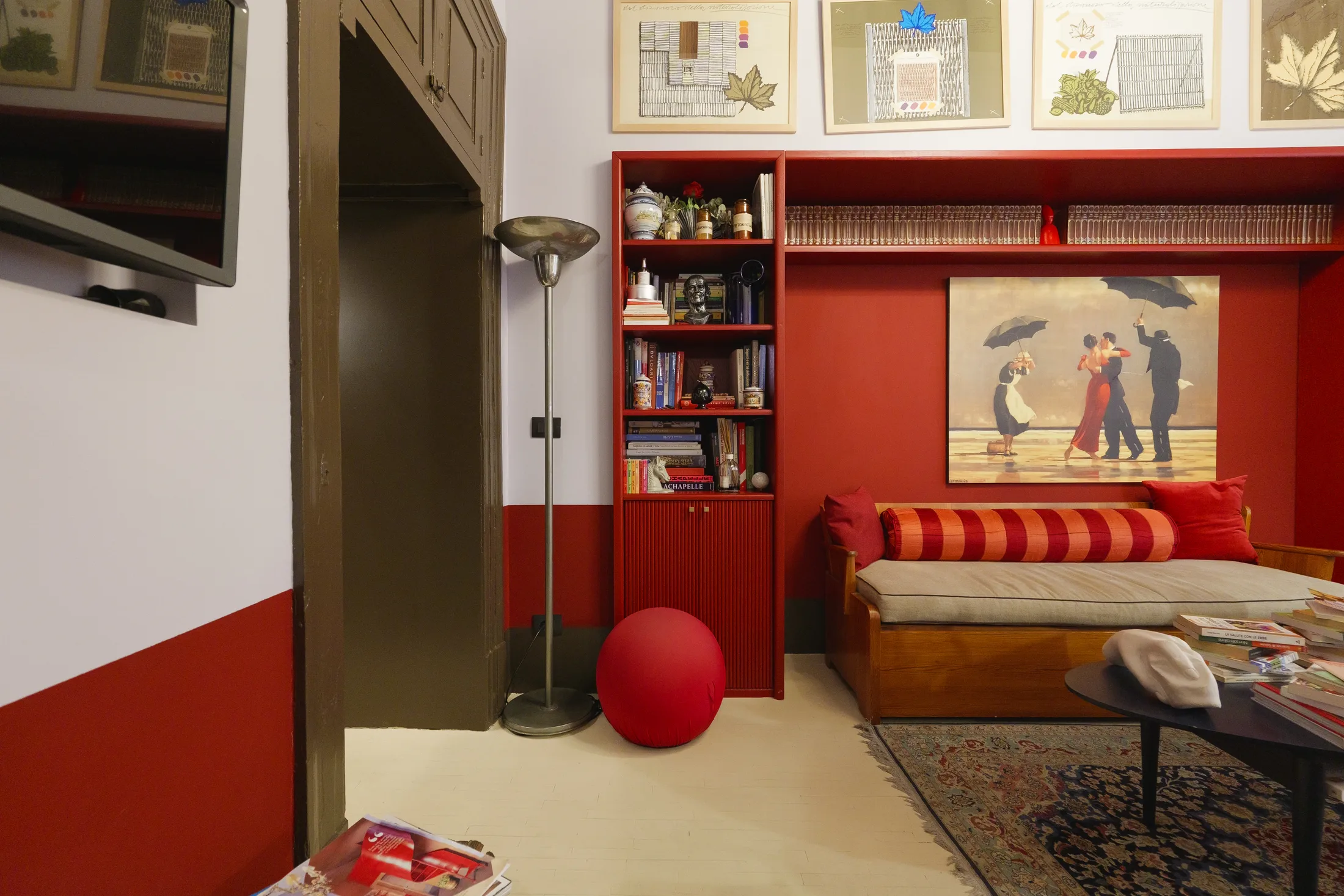
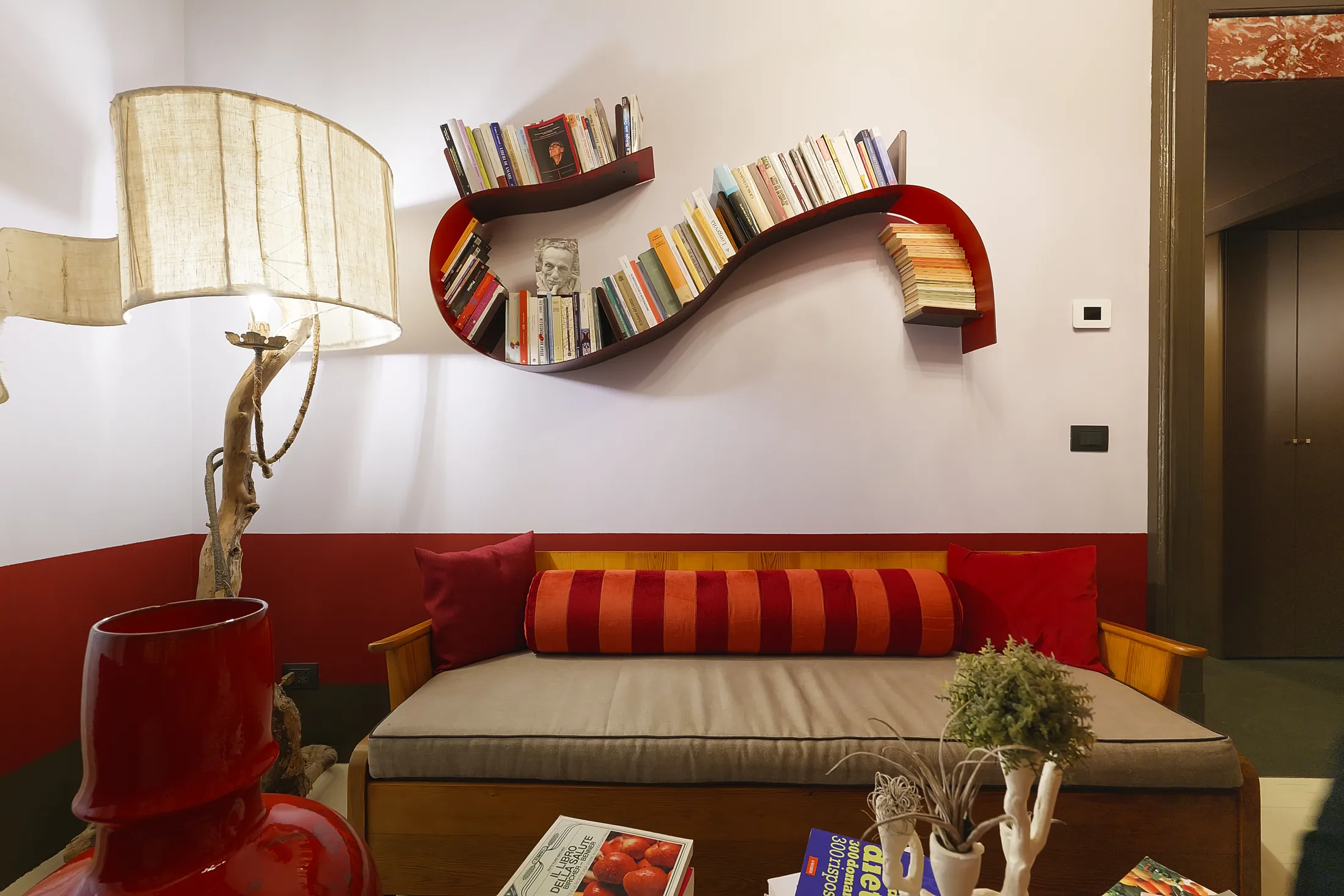
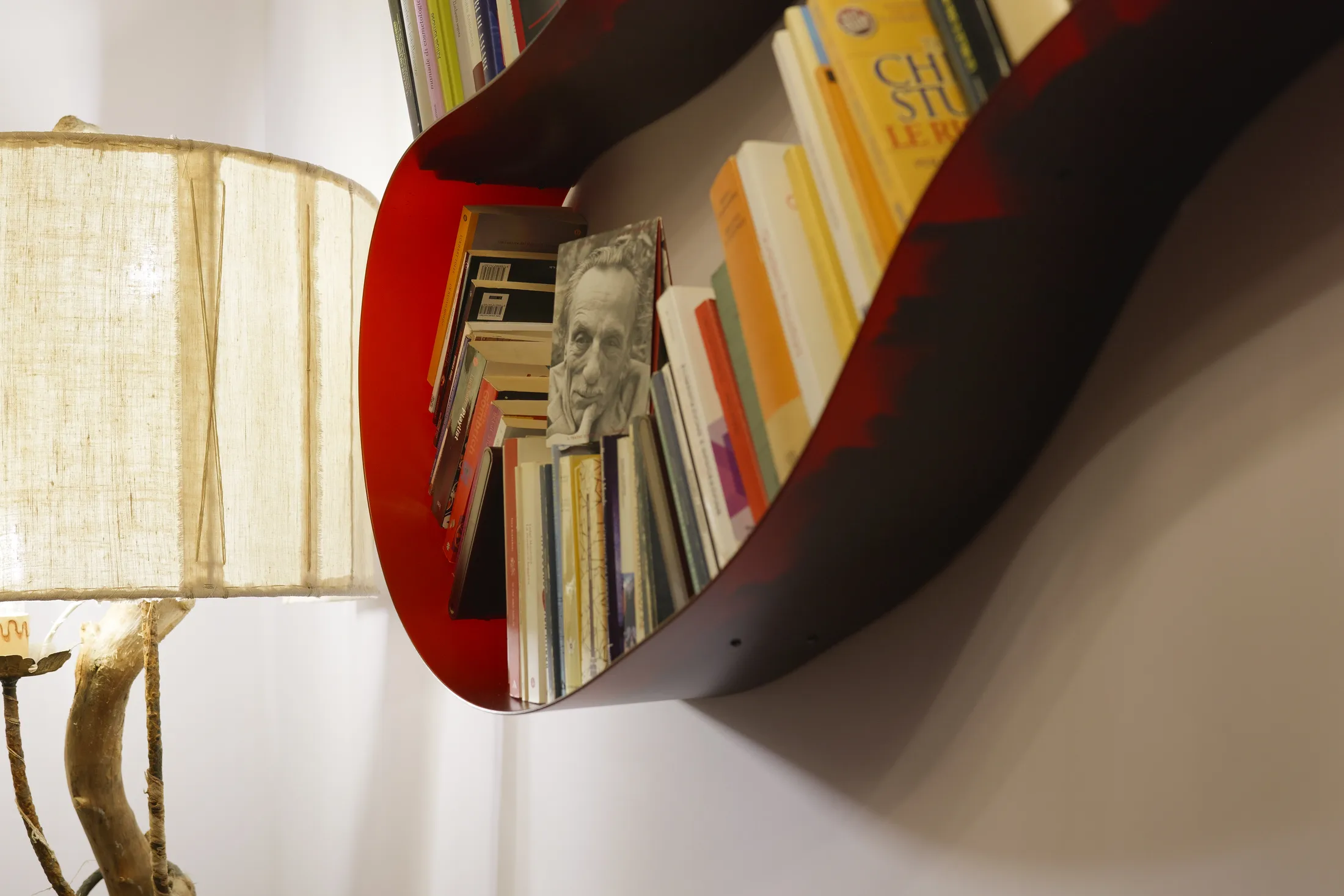
“We like to create interiors that are a bit like a movie set.”
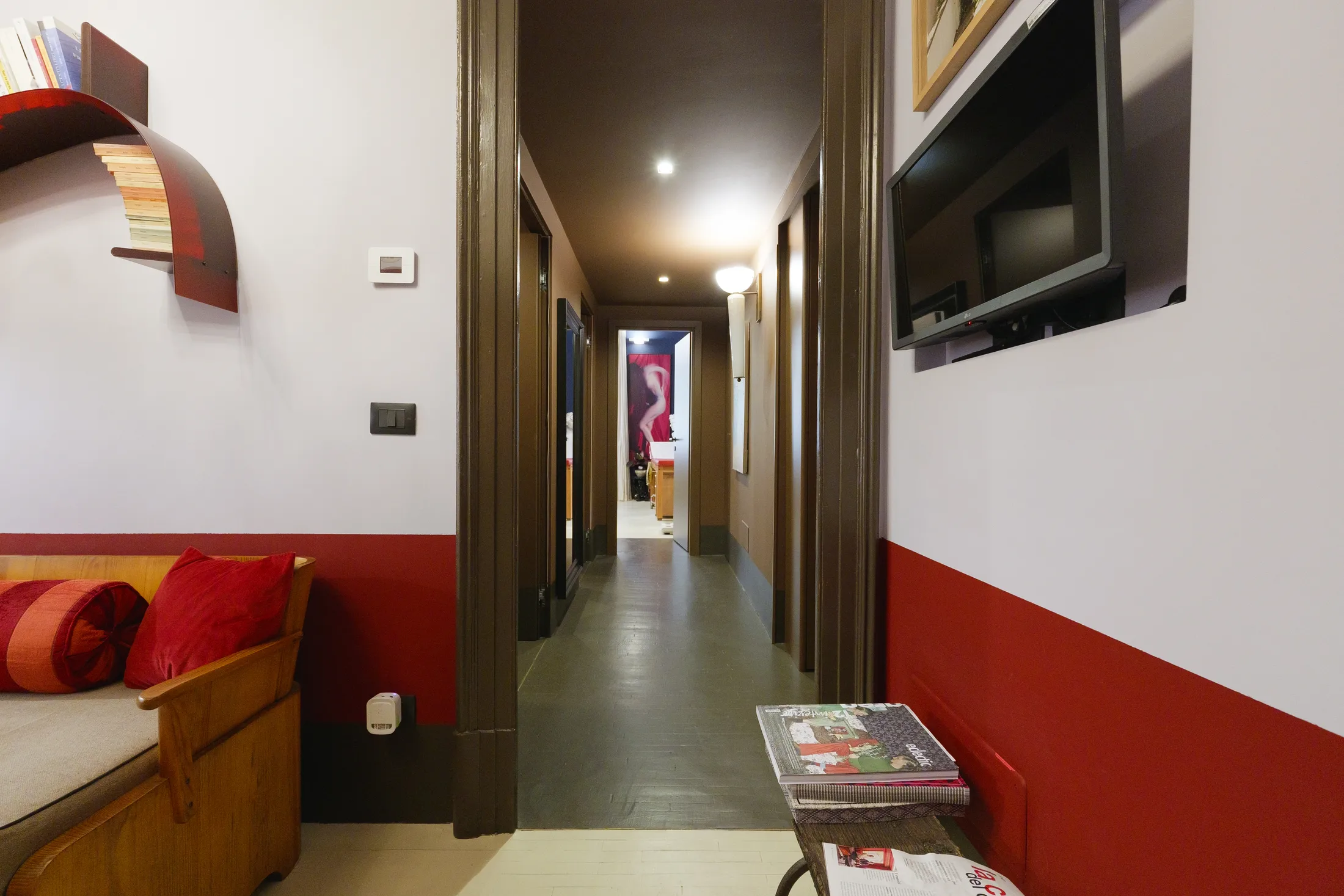
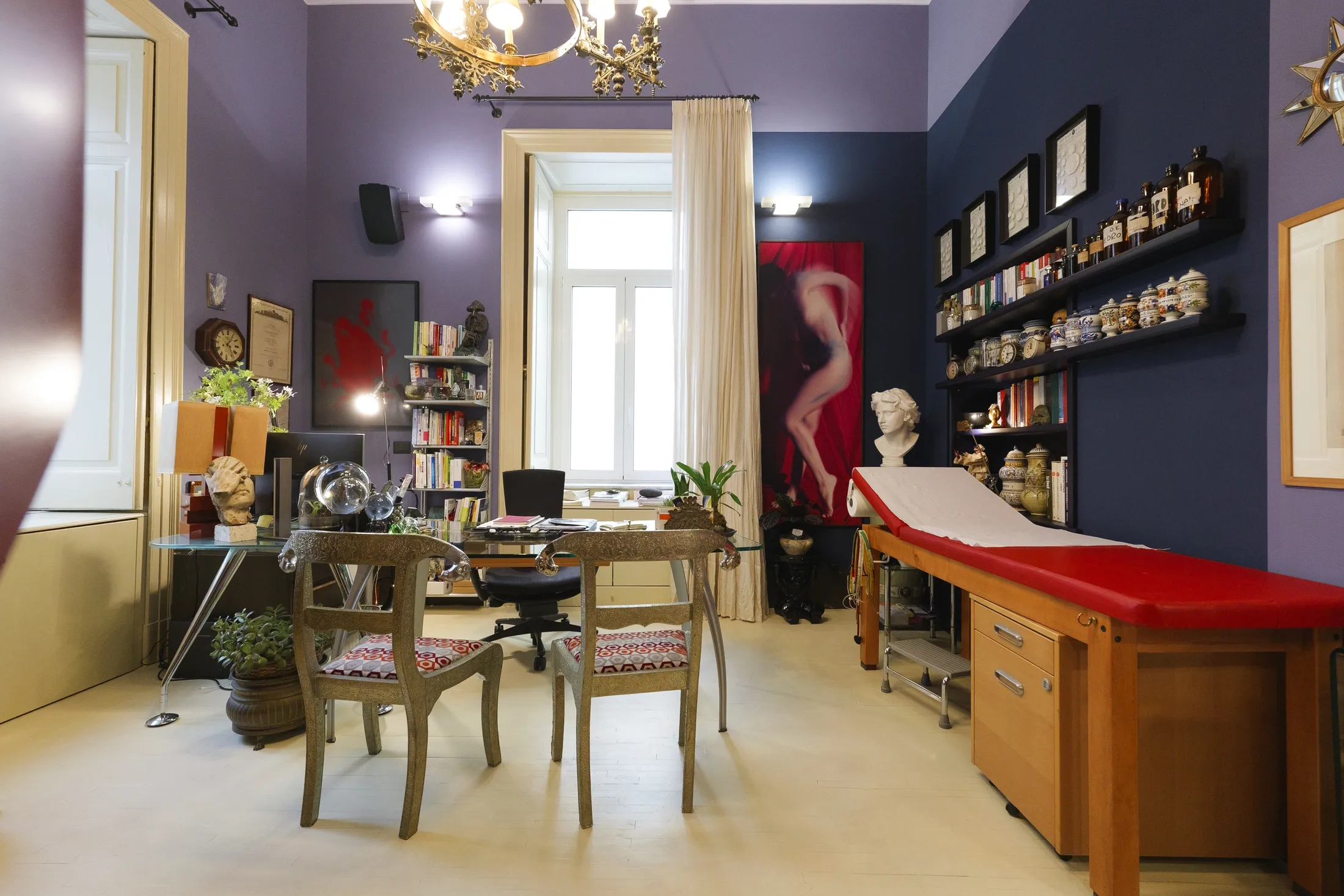
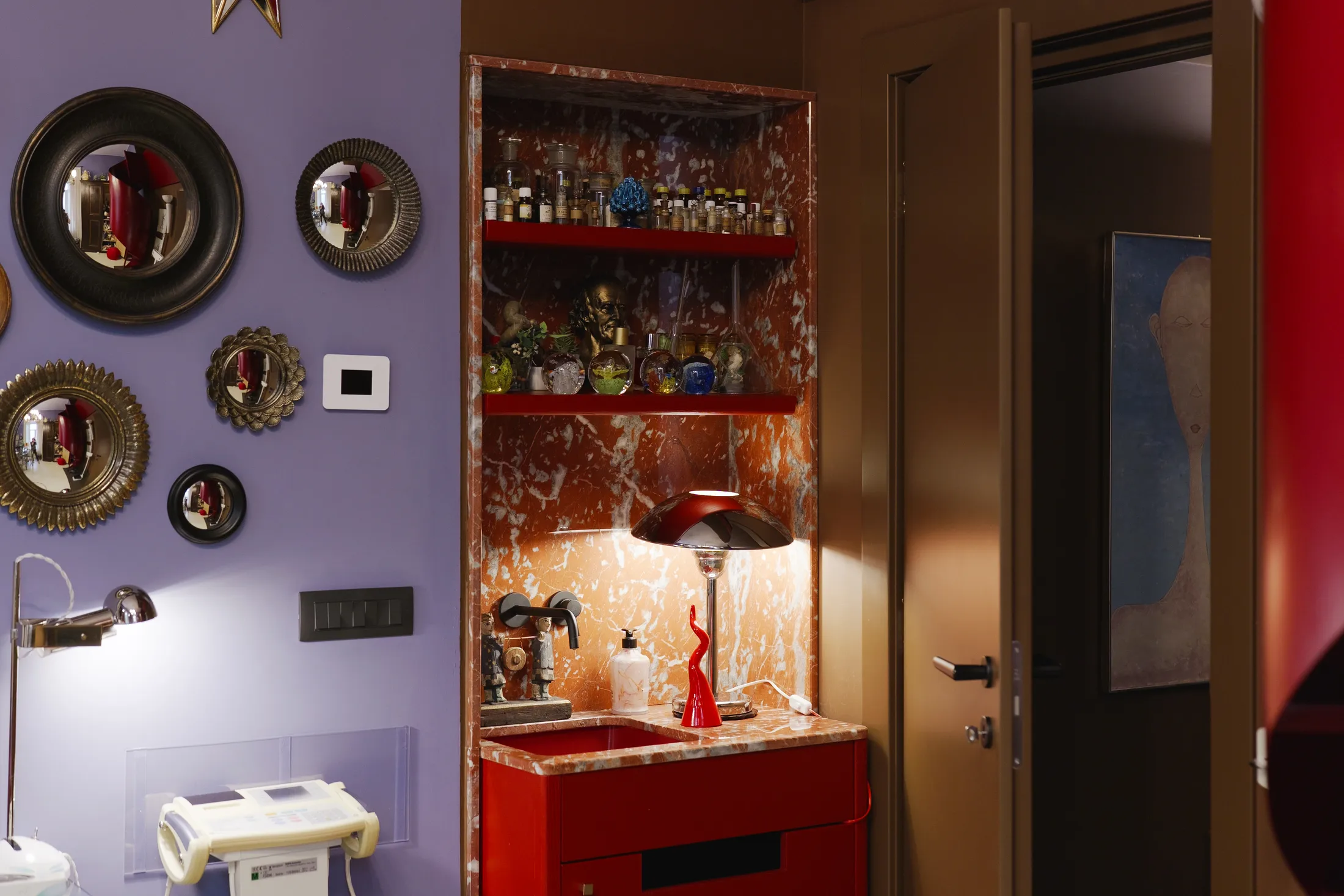
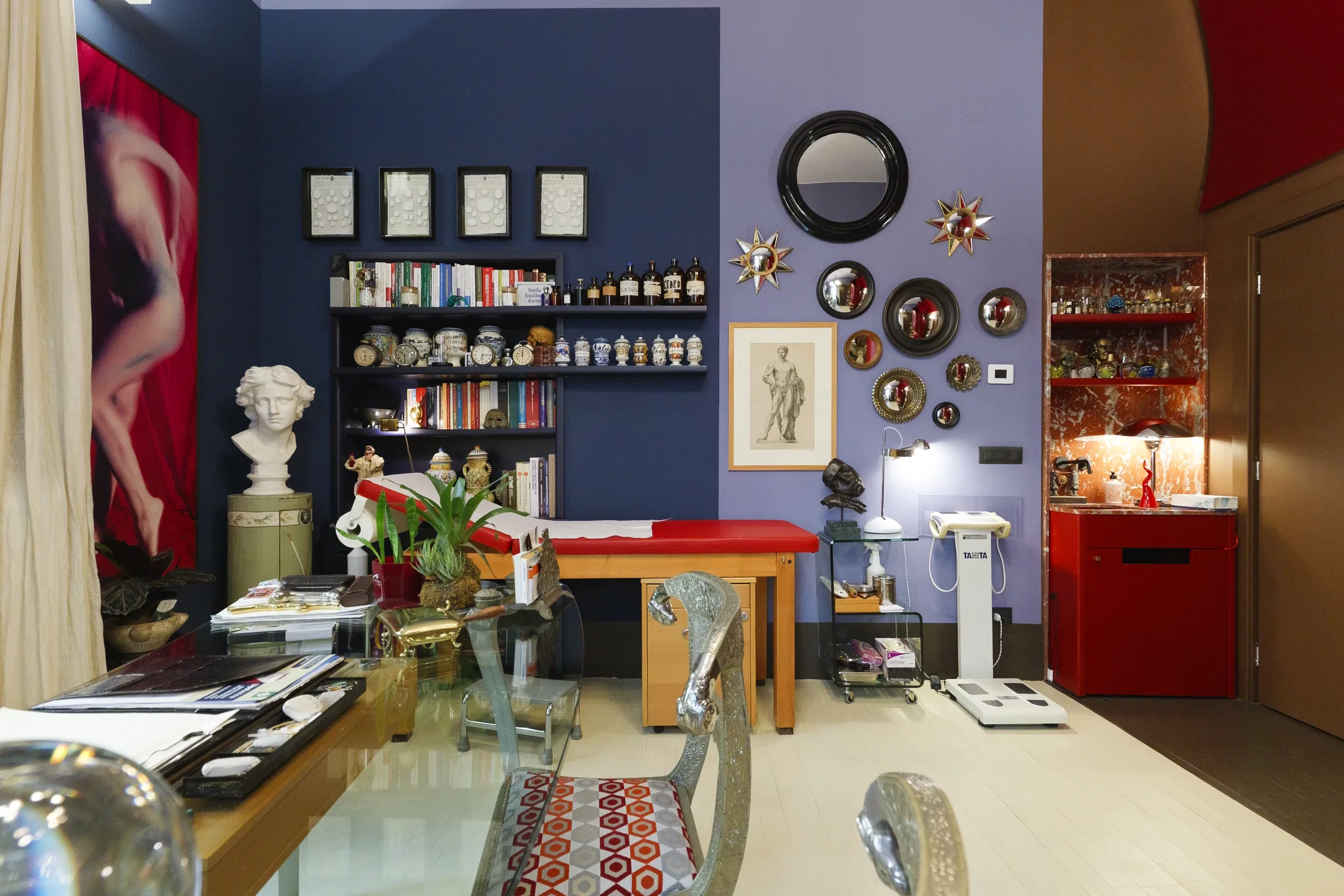
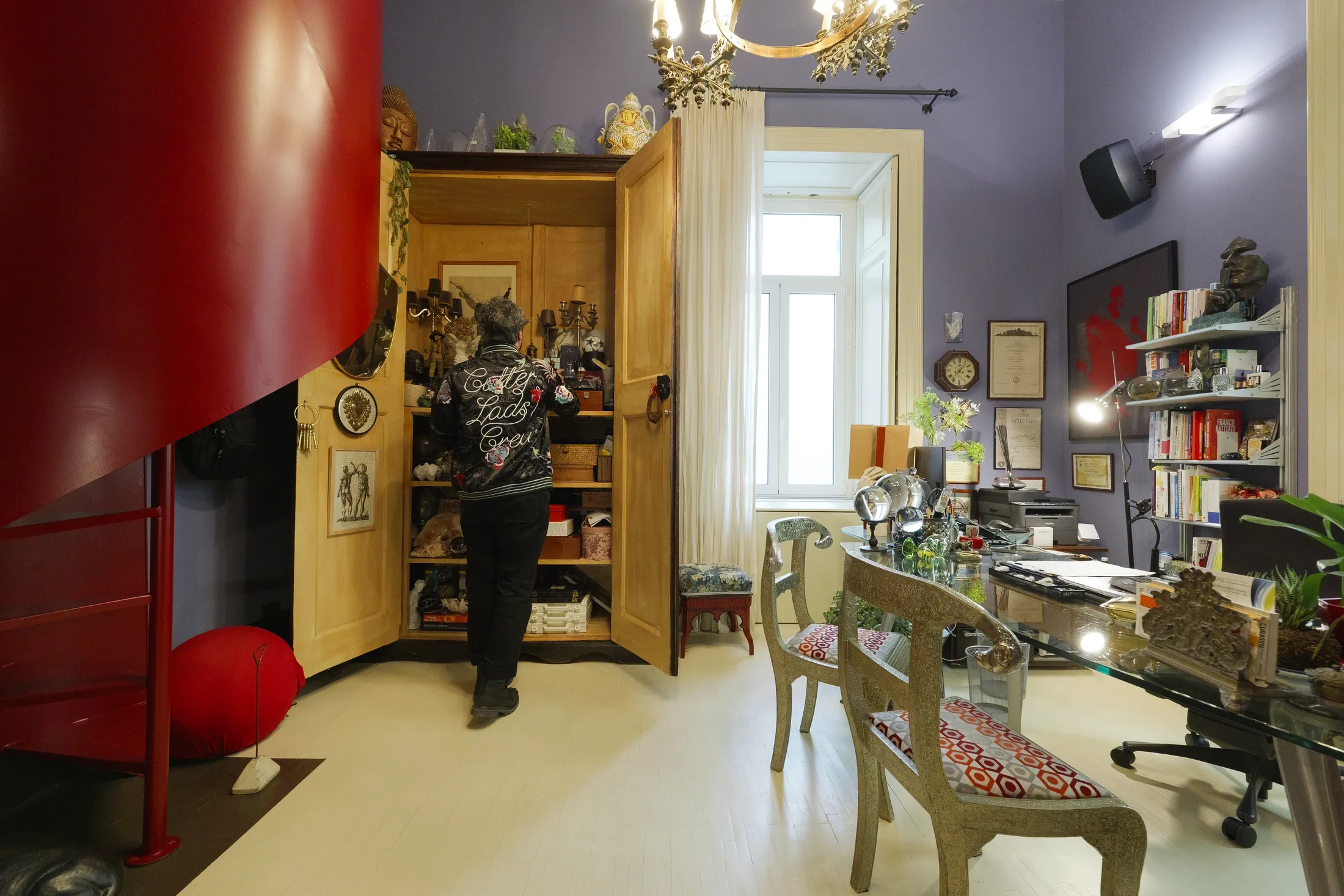

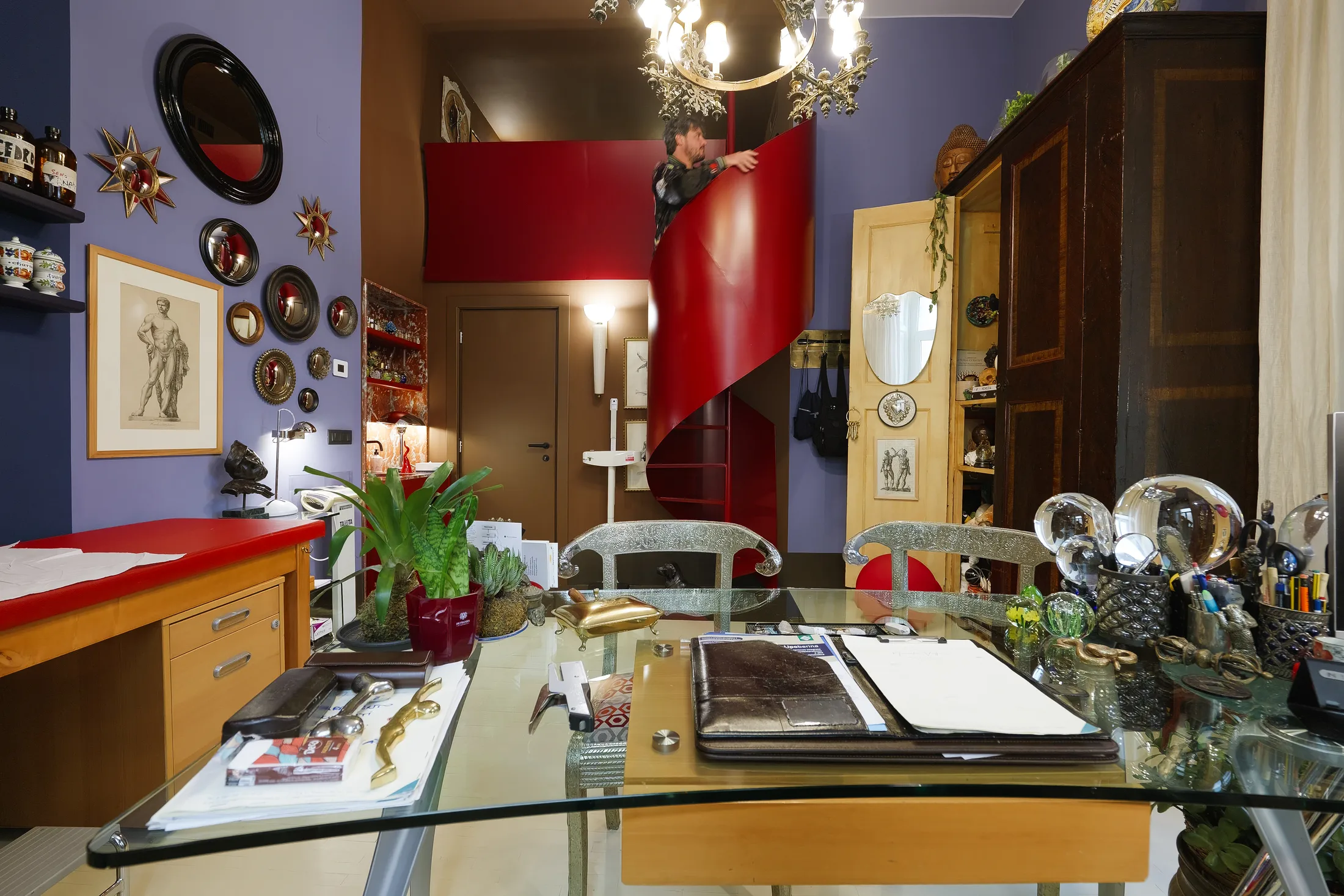
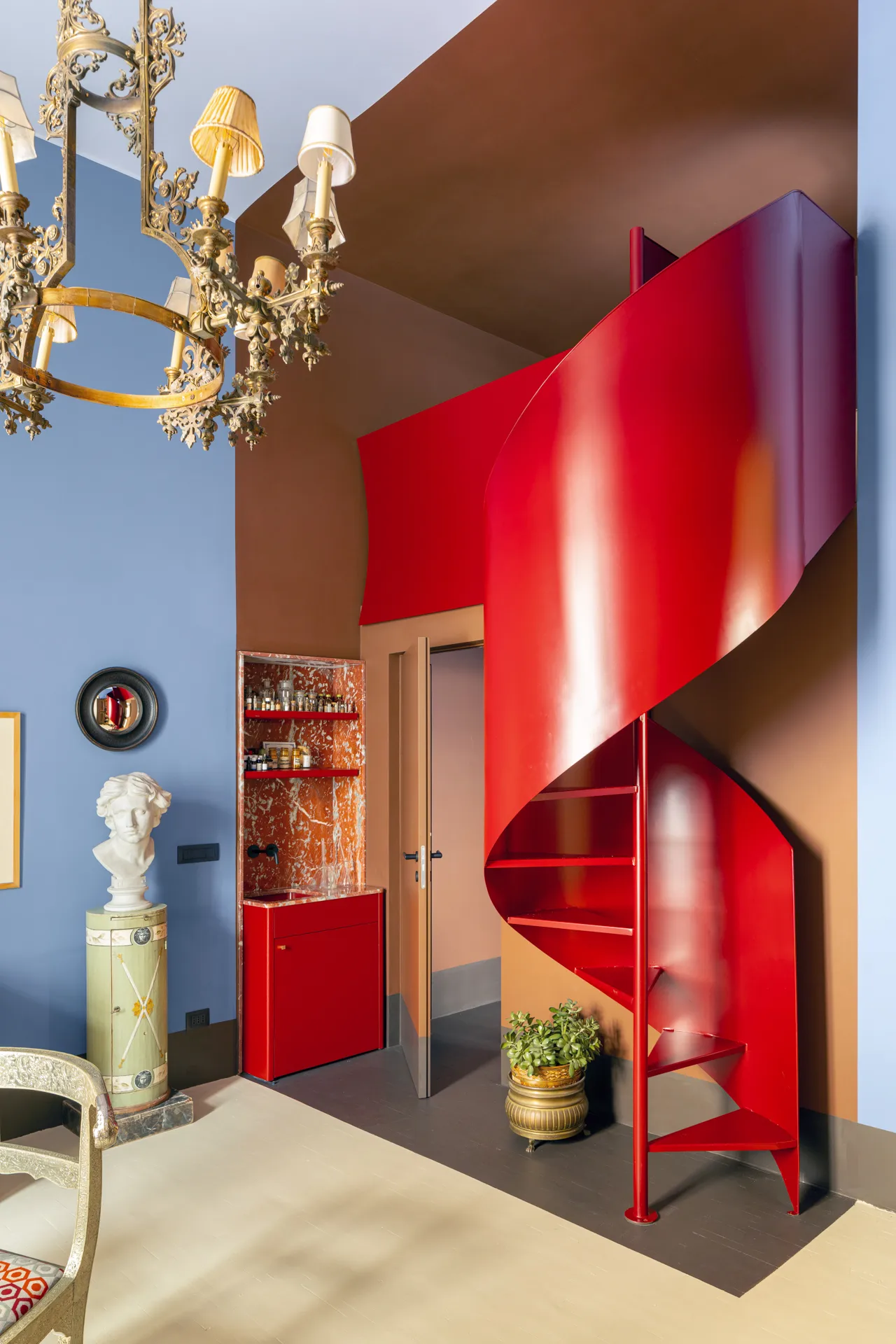
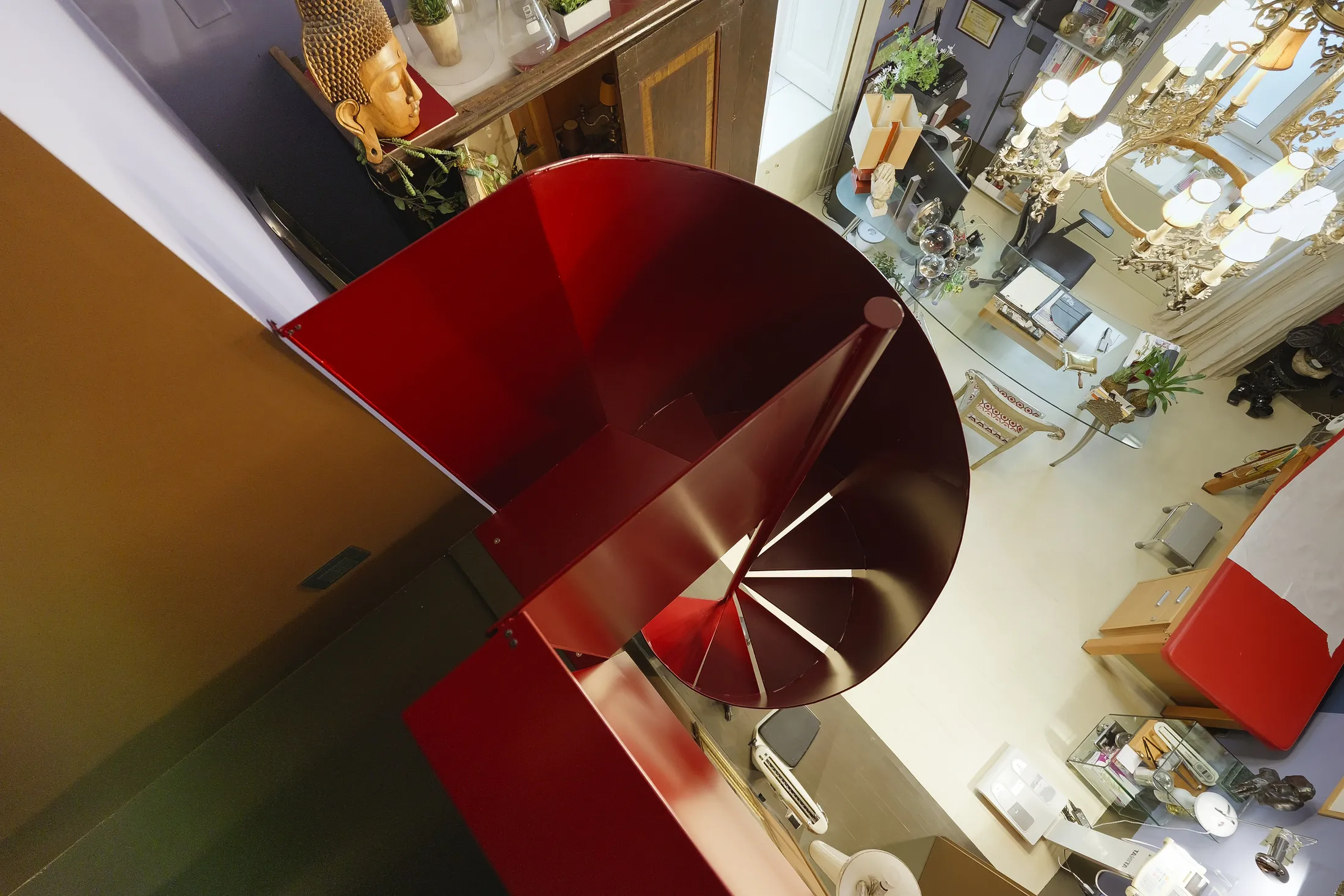
“The path was important. It’s not a classic corridor with rooms on the left and right – it’s a journey.”
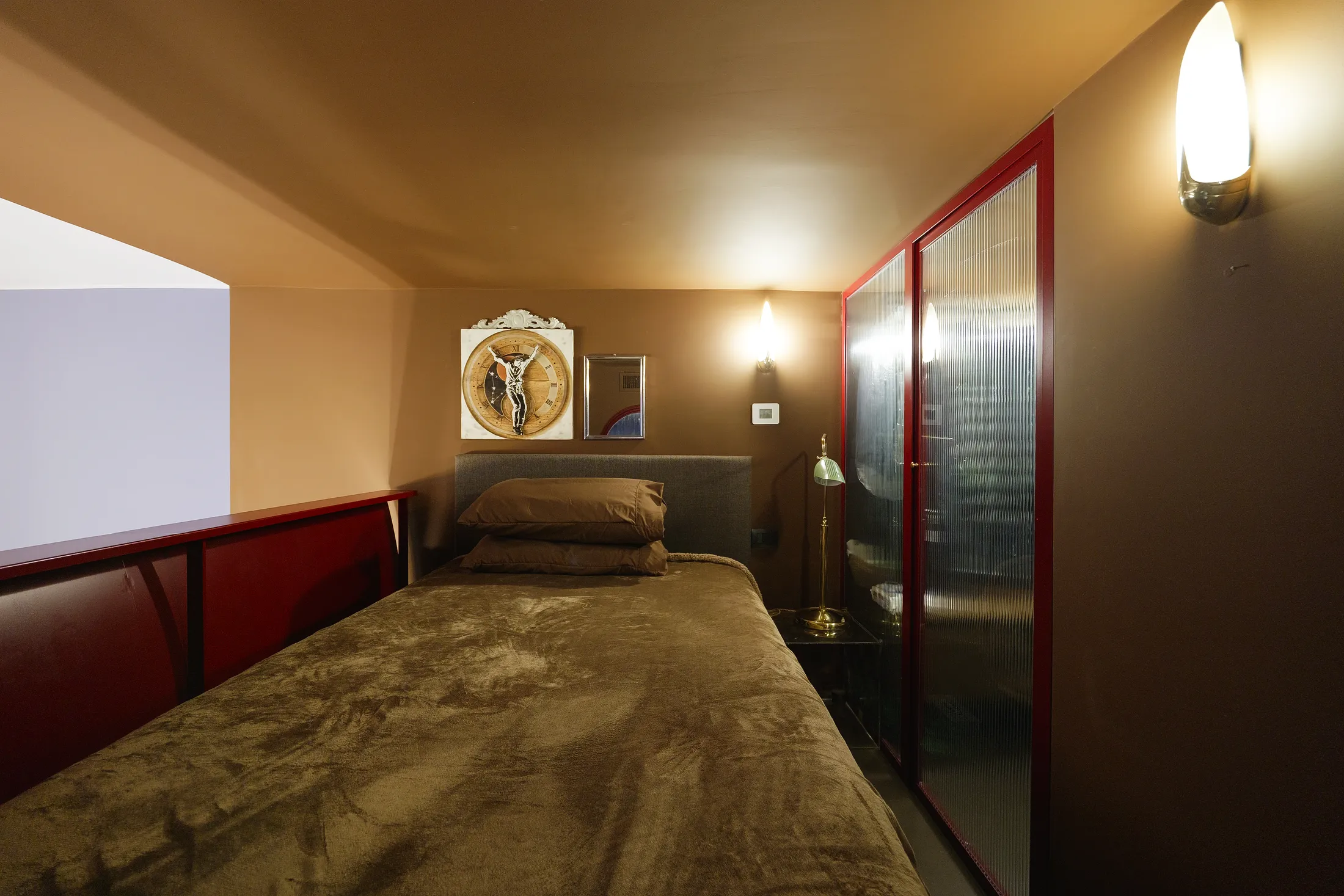
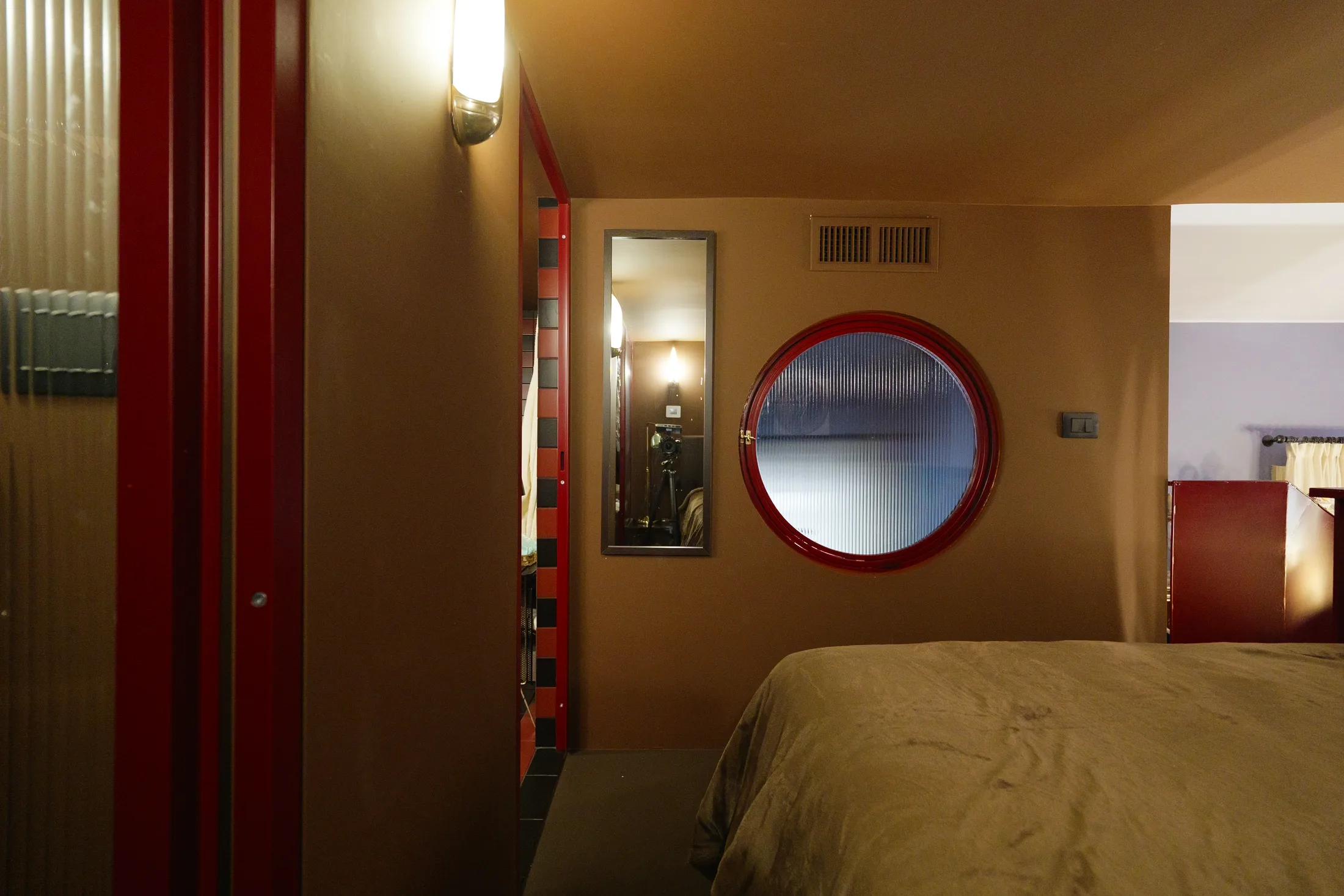
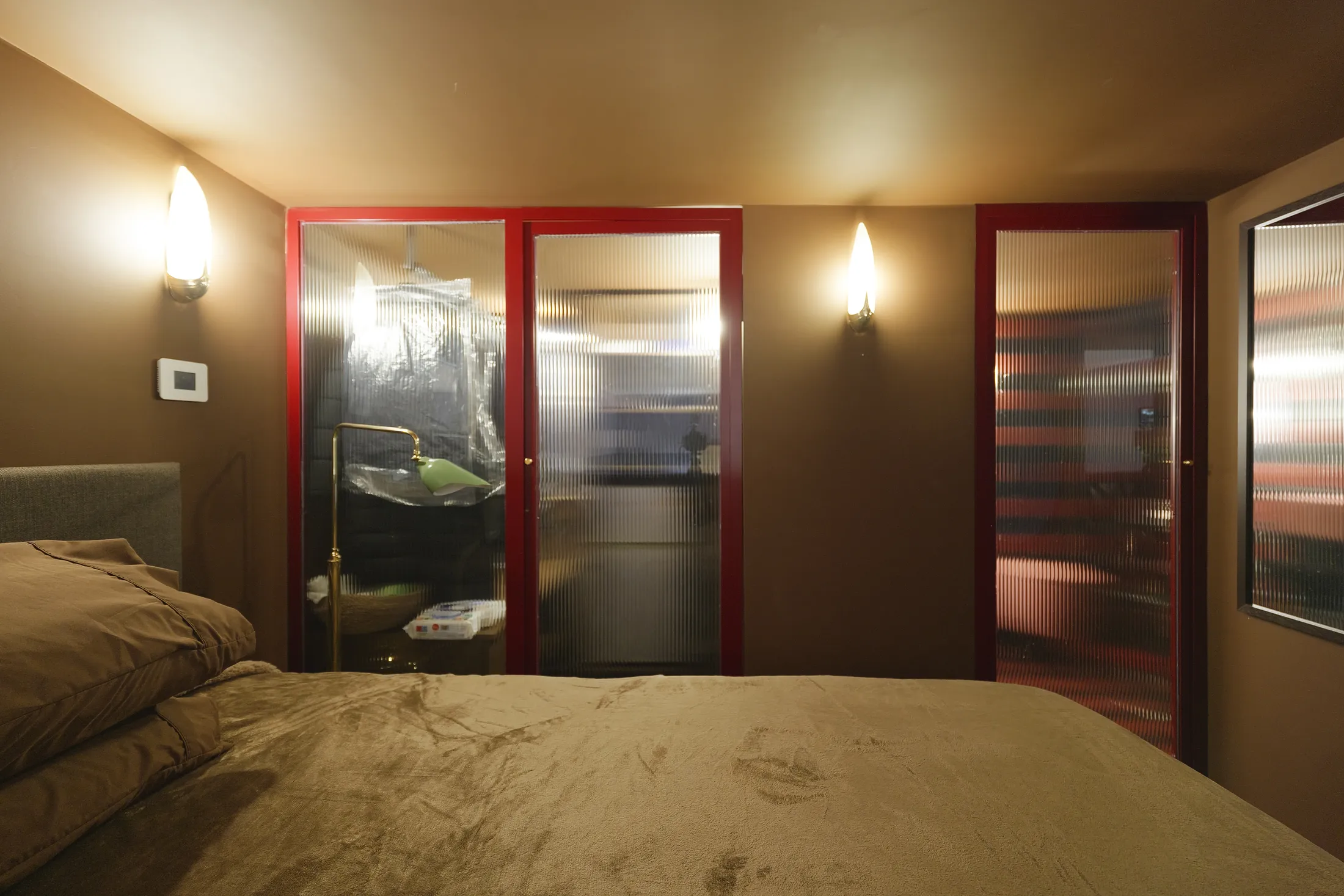
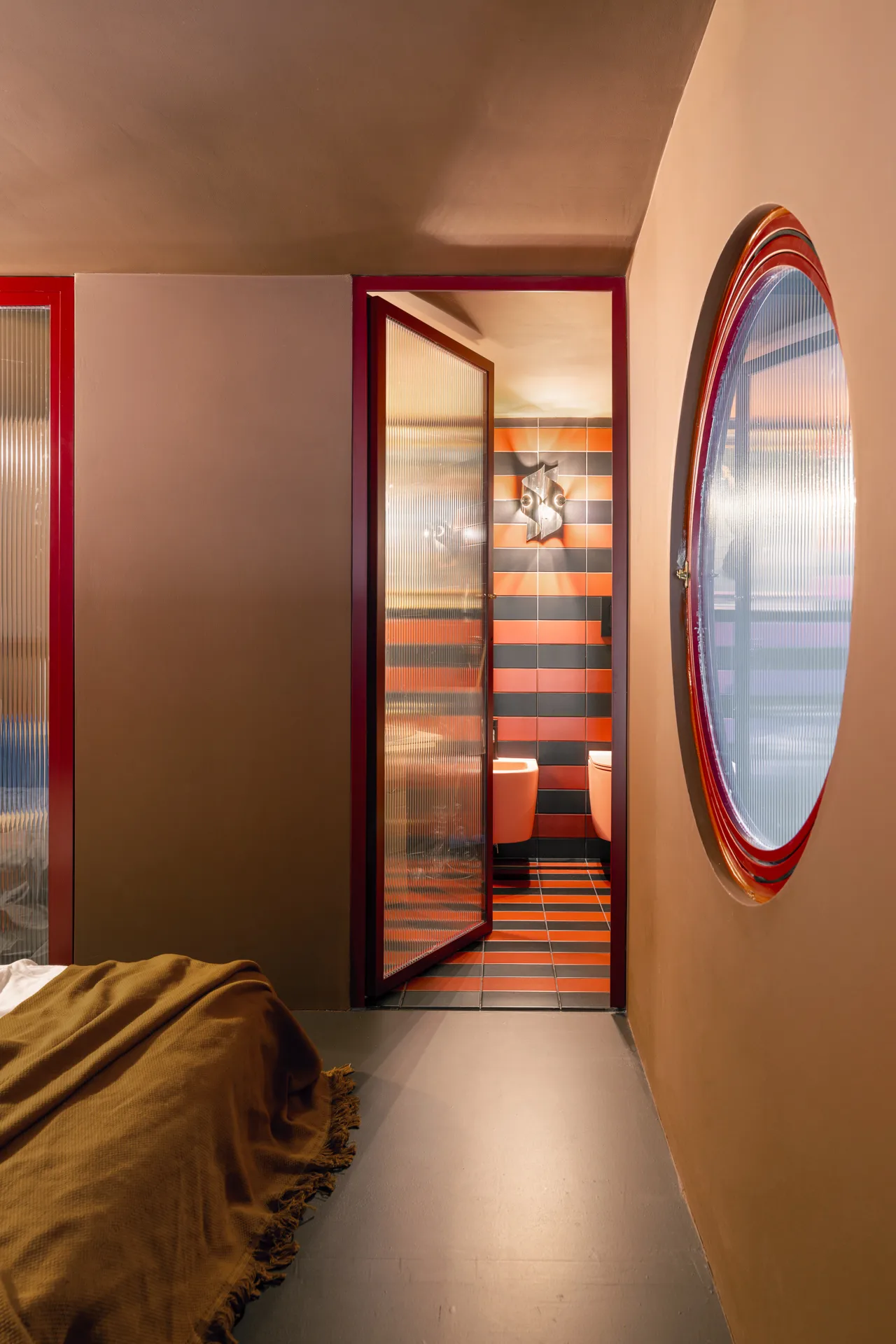
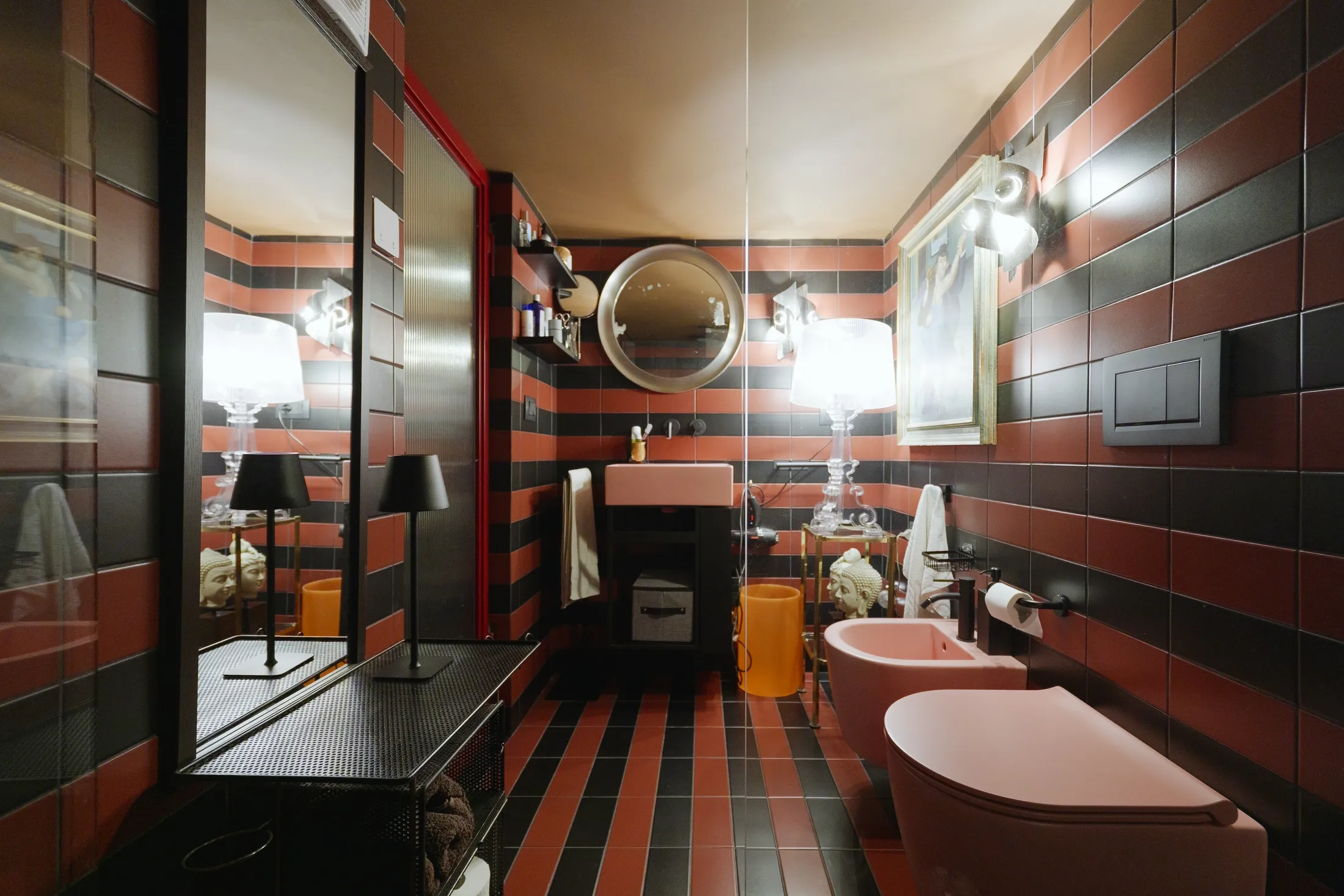
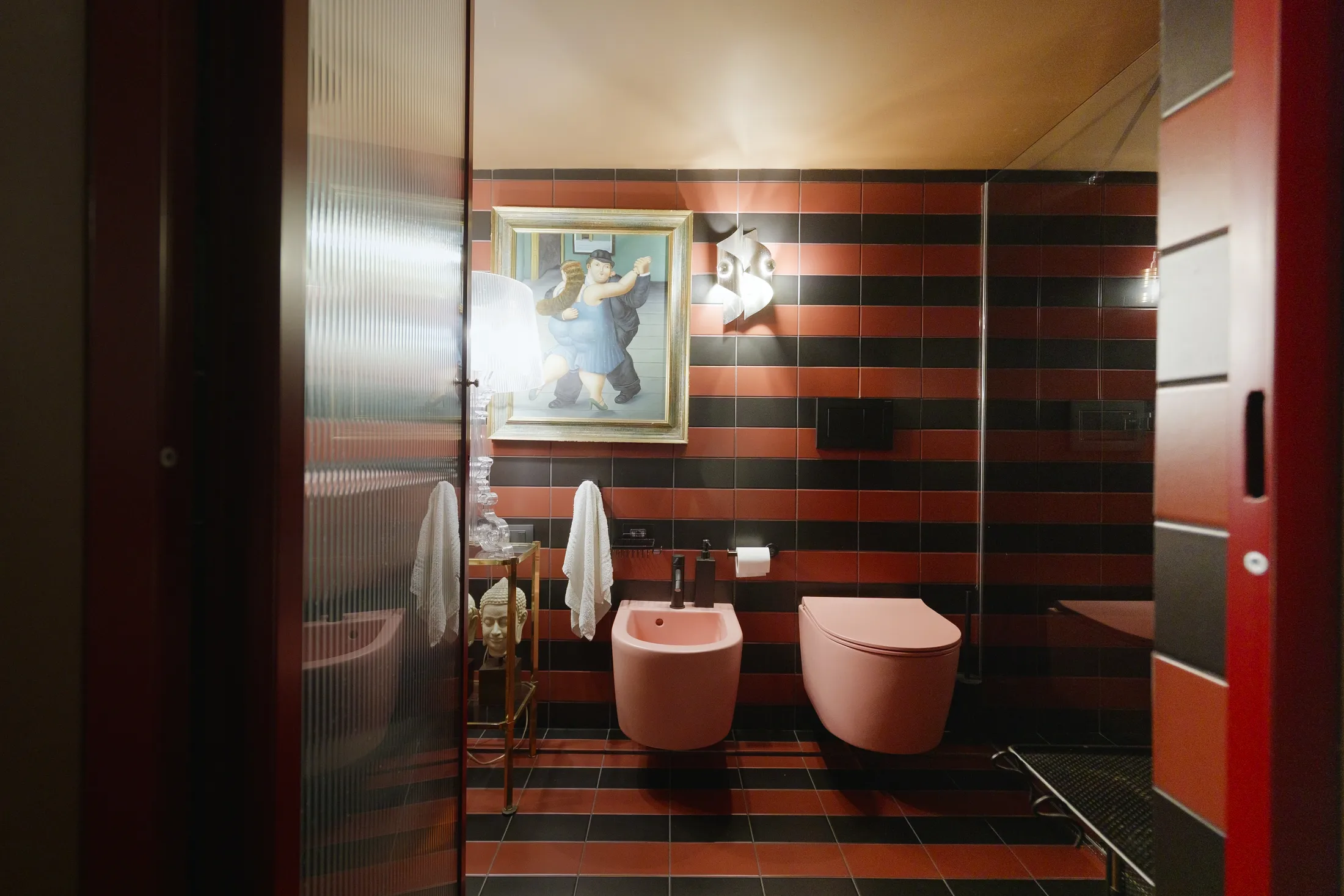
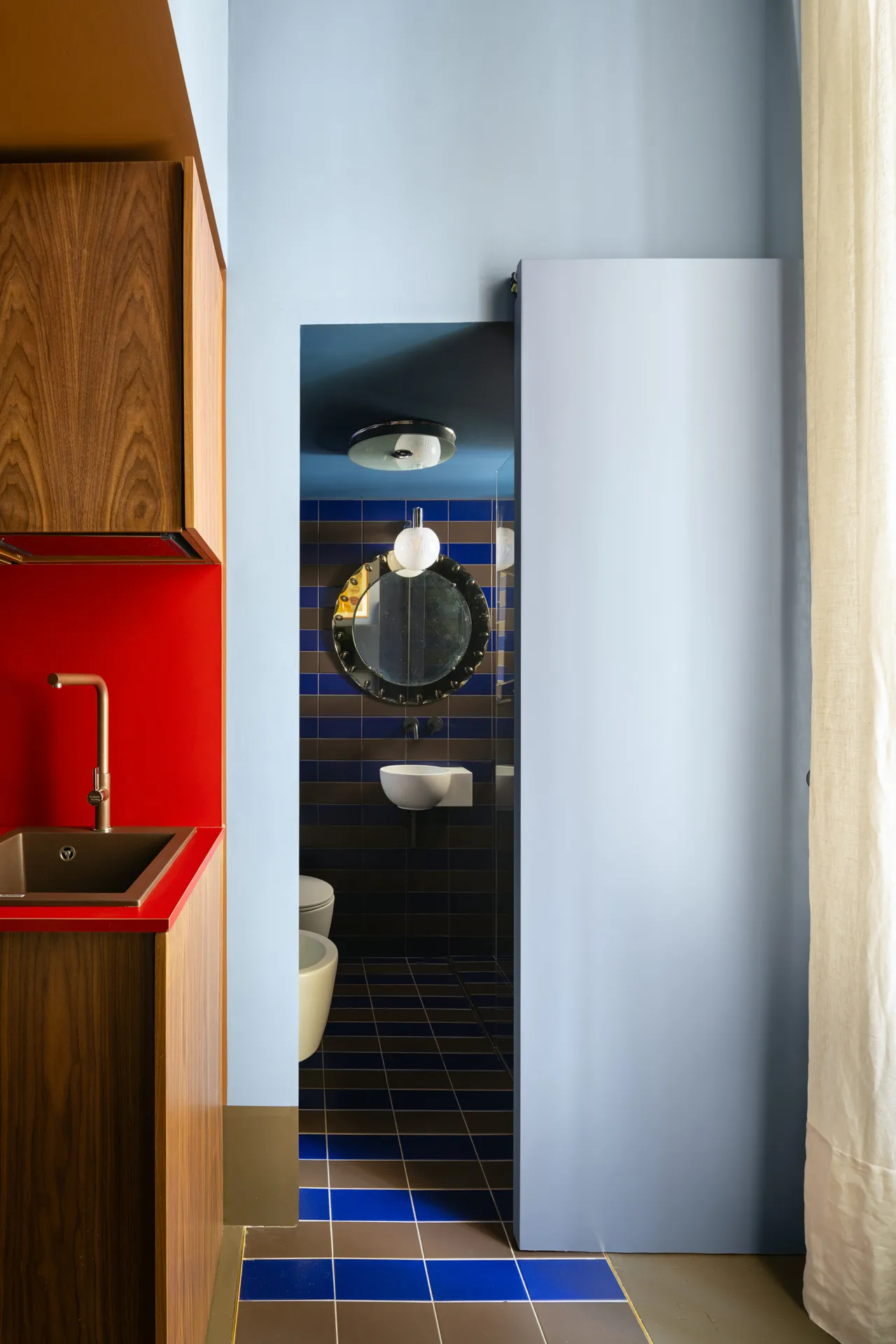
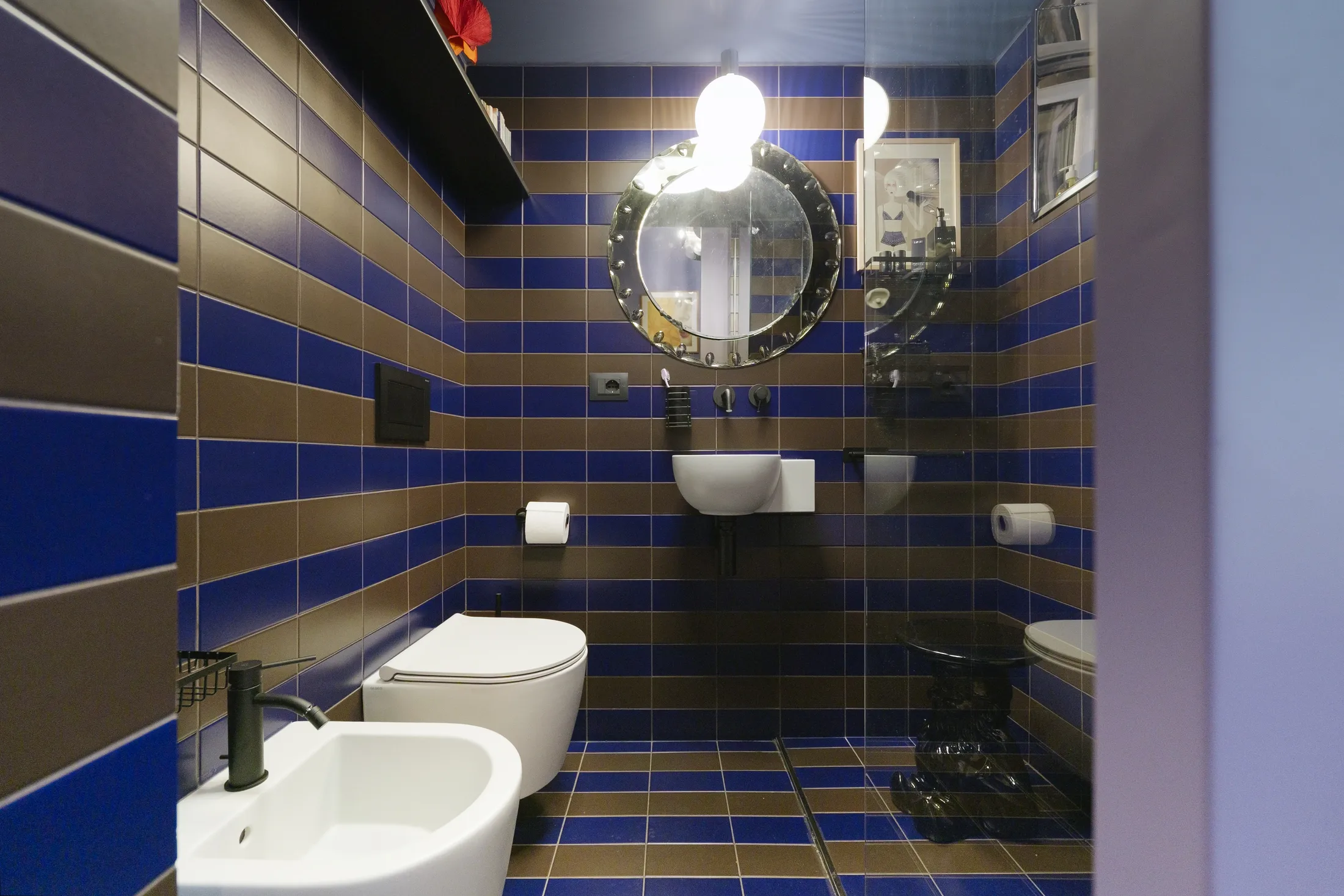
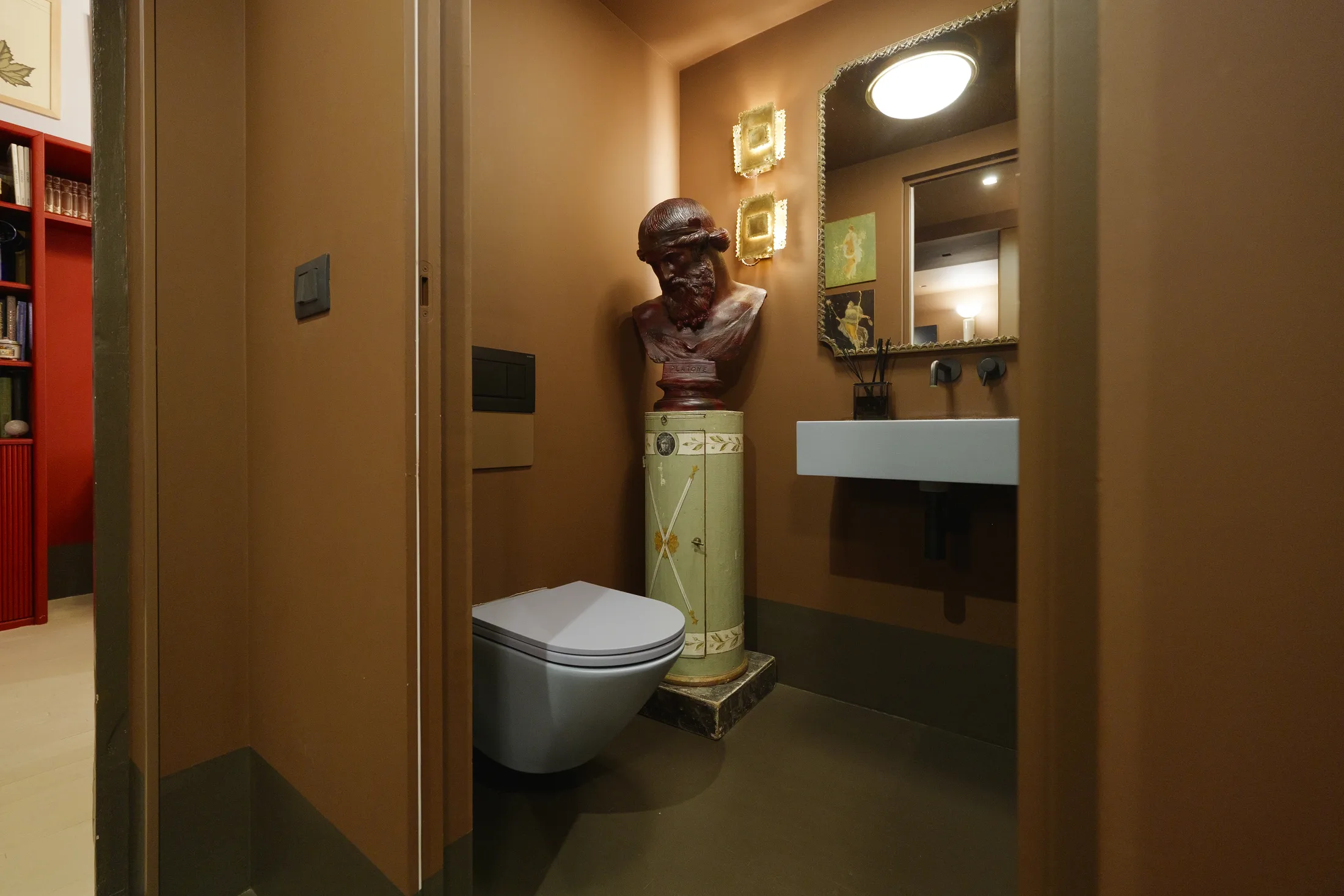

The brief seemed near impossible. A two-bedroom apartment in Naples needed to be transformed into both a doctor’s practice and a home – all while working with almost no natural light and accommodating the client’s love of dark tones and numerous collectable pieces. But that wasn’t all, the design also needed to allow the apartment to revert easily to a home in the future.
Fortunately, architects Julie Nebout and Giuseppe Punzo’s approach is rooted in creativity and intuition – for them, “there are no rules.” The couple, in both life and work, run La Fotosintesi, an architectural studio based in Naples. This is the kind of project where they shine. Preferring not to draw inspiration from other places, they focused on the needs and desires of the client. “Colour, light, and volume are essential for bringing energy to our designs,” they explain. Rather than follow the sterile, impersonal norms typical of clinical spaces, their “no rules” philosophy allowed them to create a setting that feels expressive, immersive, and uniquely reflective of the client’s tastes and needs.
After removing several walls, the architects created what Punzo calls “a box within a box.” The smaller box, a mezzanine level, became the doctor’s personal space. The bedroom and bathroom sit above the doctor’s office, reached by a large, luminous red steel staircase that spirals upward – not unlike an enormous DNA helix. They also ensured there was ample storage throughout, a vital element of the project.
"Given the brief, we immediately thought of creating a path,” Nebout says. This path begins with a reception area and leads into a dramatic waiting room defined by 4-metre-high ceilings. From there, it moves through a more intimate, low-ceilinged corridor beneath the mezzanine, before opening into the doctor’s office, where the ceiling height returns to 4 metres. They explain: “This rhythm of changing heights – emphasised through the use of contrasting colours and varying proportions – creates a sensory experience we found particularly compelling.” The journey continues with the transition between the office and mezzanine bedroom, unifying the home and clinic both conceptually and aesthetically. The design is one cohesive story; it feels only natural for it to exist as a single, unified space. And, importantly, it still allows the apartment to revert to a home – just as the client intended.
Colour plays a central role in this story. Doctors’ practices and waiting rooms have traditionally been defined by a sterile palette of grey, beige, and stainless steel – but not here. The architects drenched the apartment in bold hues of red, brown, wisteria, and blue. Their material choices add a layer of theatricality to the space too. Pleated red French marble was used for the reception desk and the custom sink in the consultation area of the doctor’s office. Curiously, despite their compact size, the bathrooms have been tiled horizontally. Nebout explains: "We decided to put them horizontally to give identity. If we wanted to do it for space, we would have done it vertically to add height, but it’s not what we were looking for when we designed it." And, with hardly any natural light to work with, the architects used chandeliers and wall lights to set the mood, guide movement, and draw attention to key materials and objects throughout the space.
Take the client’s collection of bottles and books in mind, for example. For that added personal touch, the architects shaped the space as a kind of domestic museum. In the waiting area, custom bookshelves frame one of the two 1940s sofas made by Swedish designer Goran Malmvall. Above the second sofa hangs a Kartell Bookworm shelf stacked with books, which Punzo says “subtly encourages a moment of reading.” The doctor’s office was designed to house his extensive collection of bottles and objects, with integrated cabinetry that turns the room into a life-size cabinet of curiosities.
The moment you enter, it becomes clear you’re no longer in an ordinary apartment or doctor’s practice. "In this project there is no outside. We don’t play with natural light. We don’t play with the landscape. It’s born from inside and stays inside,” Punzo says. This inward focus reflects the architects’ belief that intuition should lead design. The space feels like a dialogue between their vision and the client’s world. It is a fully self-contained universe, transporting clients not to a cold, clinical doctor’s room, but into a world of colour, stories, and visual treats at every turn.
See Julie Nebout and Giuseppe Punzo’s own home in Naples here.